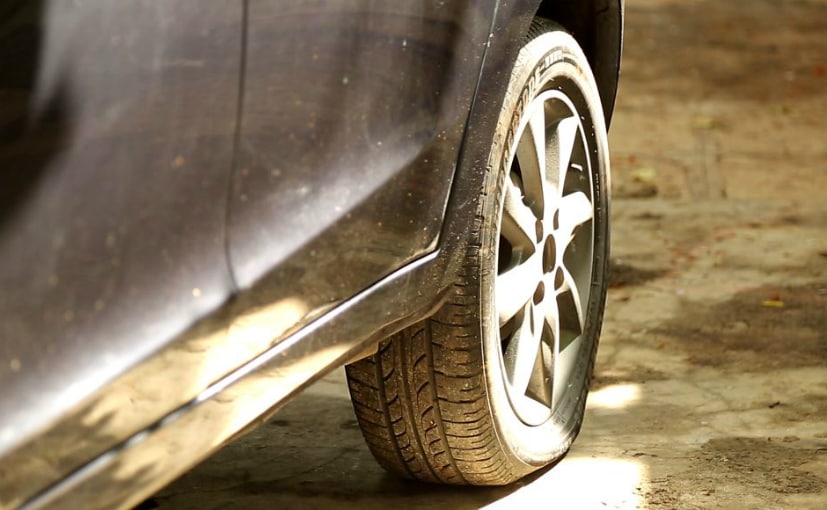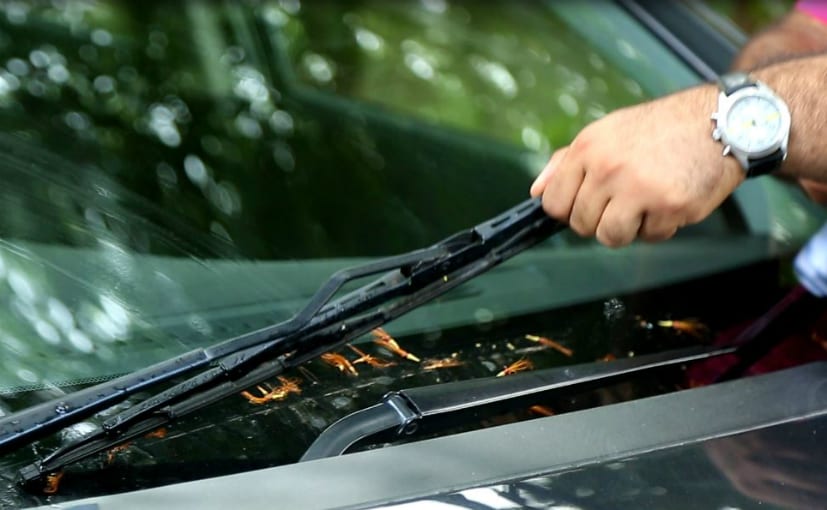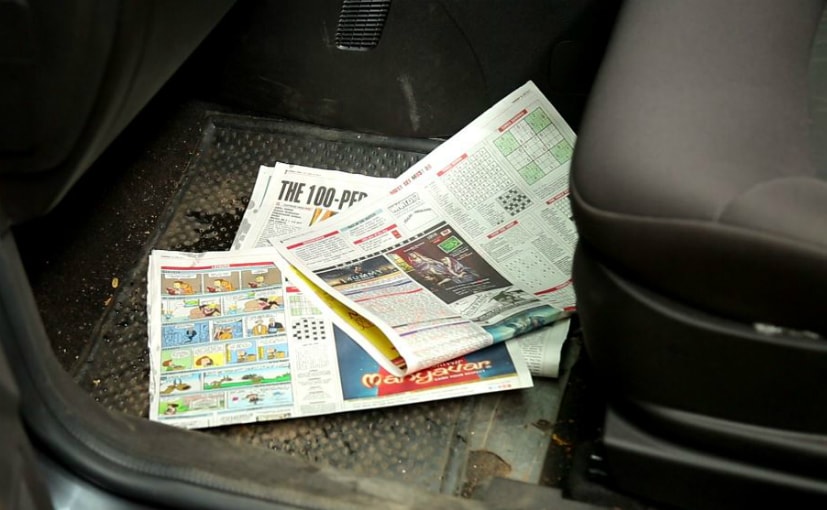Top 5 Important Car Care Tips For The Monsoon

Highlights
- Vehicles need special attention during the monsoon season
- It's important to keep the car clean and dry as much as possible
- Here are a few tips on how to prep your car for the monsoon
Indian monsoons can be quite brutal at times. Heavy rainfall, due to thunderstorms or a cloud burst, is something we experience almost every year, which leads to floods, traffic jams and a host of other issues. The monsoon can also be very bad for your car as all the mud, dirt and water that tends to accumulate in all the nooks and crannies of the car can result in rust and electrical issues. However, all that can be avoided if certain precautions are taken, and here are five important things you need to do to keep your prized possession safe from the harsh Indian rain.
1. Check Everything

Make sure things like headlamps, foglamps, horns, wipers, brakes and defoggers are working properly
Make sure everything in your car is working properly, like your headlamps, foglamps, horns, wipers, brakes and defoggers among other things. Also, make sure the electrical system is in a good condition and your car battery is fully charged. Most of the time a discharged battery or a faulty electrical system could leave stranded in the middle of a heavy downpour.
Also Read: carandbike Accessorised: Top 5 Essential Car Accessories For Monsoon
2. Check Your Tyres

Always keep the tyres inflated at the correct pressure to avoid failure
Tyres are prone to severe wear and tear in the monsoons as they work overtime in wet conditions to give your car all the grip it needs. Do a visual inspection to see if the tyre wear markers are still visible. If there is not enough tread or it has completely worn out, then you need new tyres. Contrary to popular belief, getting only front tyres changed is more dangerous since worn rear tyres might result in oversteer, which can be more dangerous during the monsoon. Also, always keep your spare tyre in good condition and with enough air pressure.
Also Read: What To Do When Your Two-Wheeler Is Submerged In Flood Water
3. Keep it Clean

Don't let dirt or muck settle on the exterior of the car, as over time it could not just damage the paint, but also lead to rusting
The simplest way to protect your car is to keep it clean. Don't let dirt or muck settle on the exterior of the car, as over time it could not just damage the paint, but also lead to rusting. Wipe down or wash off all the gunk from your car's body post driving in the rain. Having said that, if you plan to keep your car parked for long in the open, don't use a car cover. The cover tends to stick to the car's body, and once it dries in the sun, the cover can stick to the car's clear coat and can peel it off while removing it, causing more damage.
4. Maintain Cabin Hygiene

Use newspapers to soak up the water inside your car
During monsoon, it's very important to keep the car's interior clean and dry. Wet and muddy shoes, wet clothes will lead to high levels of moisture and leaving a bad odour. Spread old newspaper on the floor to keep the water and muck off the carpets and carry a fresh towel in the car to dry yourself or drape it on the seat to keep it dry. Also, remember to get your AC serviced. The AC filter will be working overtime to reduce the moisture and all the wet grime particles that enter your car.
5. Park It Safely

Find a safe high-lying area to park your car, especially if you live in a location that is prone to flooding
During monsoon, it's important that you park your car in a safe spot. While a dry, covered parking would be ideal, if like most of us you don't have access to one then try and find a safe high-lying area, especially if you live in a location that is prone to flooding. However, avoid parking below trees as in addition to all the random leaves, twigs and bird droppings, there is also the possibility of a branch or the entire tree falling on the vehicle during thunderstorms.
Last Updated on July 28, 2021














